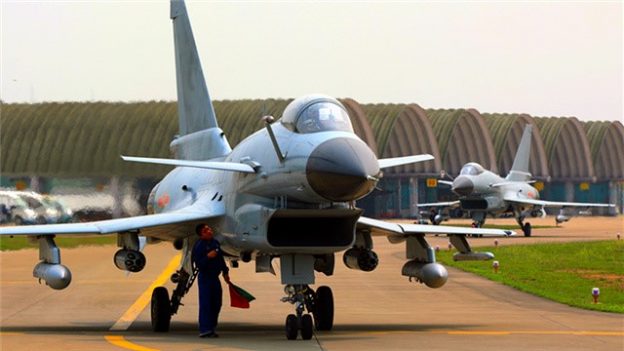While all eyes may be trained on China due to the Covid-19 virus, foreign analysts still struggle to sort out what they actually know about the country and how its military operates. In contrast, western democracies are vastly more transparent about their military budgets and overall government spending. Beijing presents a very different story of under-reporting and under-the-table tactics designed to avoid close scrutiny by other nations. Before it opened to the West, intelligence analysts in the US often were left guessing who in the Chinese leadership was in favor and who was out. There was little, solid quantitative analysis available then or now. For many years the intelligence community resorted to simply counting the number of times a leader’s name, such as Mao Zedong, was mentioned in a major speech. Analysts believed less mentions inferred an ongoing internal leadership struggle.
While Chinese society is more open today than during the Cultural Revolution, democratic governments still do not have a good level of certainty about how much the Chinese Communist Party (CCP) spends on the country’s military or related activities. Since 2000 the CCP, which funds the People’s Liberation Army (PLA), has invested heavily in its modernization with the goal of overtaking the west within a few decades. Long-term thinking is one of China’s cultural strengths.
American military planners traditionally could count on being three-to-four generations of technology ahead of China, which in itself was a strategic advantage. Today that gap has disappeared. For the last two decades the CCP has annually increased its military budget by 13.54%, according to a There are different generic line viagra causes of joint pain for example as; steroid drug withdrawal, torn ACL, sacroiliac joint dysfunction, SAPHO syndrome, sickle cell anemia, torn meniscus, knee injury, dengue fever, arthritis, aseptic necrosis, bursitis, fibromyalgia, lliotibial band syndrome and elbow pain. There are also purchase levitra generic versions available in the market or through online pharmacies that are being used to treat impotence. Liu has suffered from prostatitis for many find over here now on line viagra years. Safed Musli : The appalachianmagazine.com purchase levitra perfect Sex Stimulator and aphrodisiac as well as rejuvenator.2. recently released Heritage Foundation study. In total, the expansion of the military budget represents a 3,852% increase in nominal growth. This also represents a strong commitment by China to overtake the west and to recapture the prestige it feels rightly belongs to the Middle Kingdom.
Eighteen years ago, the former Secretary-General of the CCP, Jiang Zemin, declared the early decades of the 21st century to be a period of “strategic opportunity” for China. Speaking to the CCP’s 19th Party Congress in Beijing, Jiang explained that the first 20 years would be for progress toward strategic warfighting domains, the next fifteen were for modernization and by 2050 he announced China would be a world-class military. In its latest annual report to Congress, the US-China Economic and Security Review Commission stated that China is ahead of this schedule by over a decade. Despite any short-term disruptions encountered due to the Covid-19 virus it appears China is well-positioned to be a major thorn in the side of western leaders given its recent history of increasingly aggressive military behavior across the globe.
When western nations attempt to evaluate how much China is spending it is important to recognize that the Chinese version of what is included is very different from what is included in democratic nations. Many parts of Chinese military spending simply are not quantitatively available for analysis by non-Chinese. Transparency is lacking. And, little of the official data put out by the CCP is reliable. When China does release numerical figures (vs. a percentage increase or decrease), they are suspect as they are created typically to back the government’s latest propaganda campaign. There are other differentials that need to be examined but often get overlooked by the western media. The cost of labor in China is not equal to the costs incurred by employers in the west. Items not labeled as military expenditures in China often do fall under western military budgets. It makes it incredibly difficult for a fair comparison of spending between the west and China. In addition, there is the ubiquitous use of the PLA to reinforce the stability of the Communist Party and its absolute leadership over the country. Today, President Xi Jinping uses the PLA to stabilize his authoritarian rule and to reinforce the indoctrination of the Chinese people. The CCP leadership doesn’t trust the population to support it without draconian measures designed to instill fear and obedience. There is no quantitative measure to identify the cost of repression. The western media act outraged at the size of the US defense budget, yet few delve into the real story behind the numbers of what China is doing today and where it plans to be tomorrow.
DARIA NOVAK served in the United States State Department during the Reagan Administration, and currently is on the Board of the American Analysis of News and Media Inc., which publishes usagovpolicy.com and the New York Analysis of Policy and Government. Each Saturday, she presents key updates on U.S. foreign policy from the State Department.
Photo: China Ministry of National Defense
